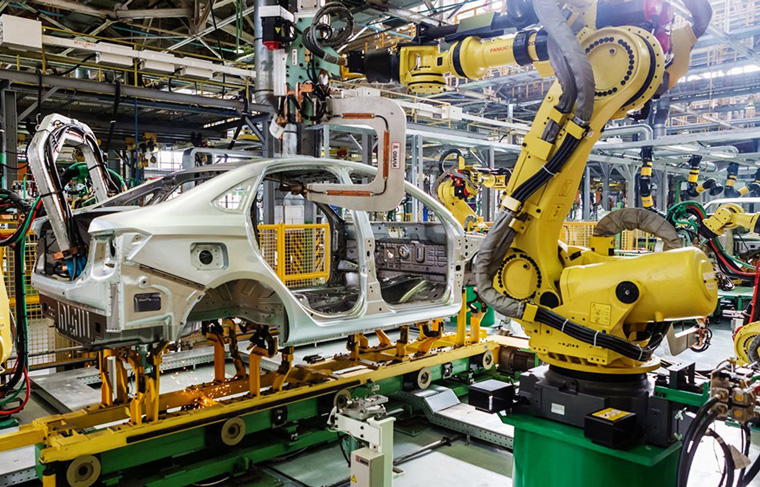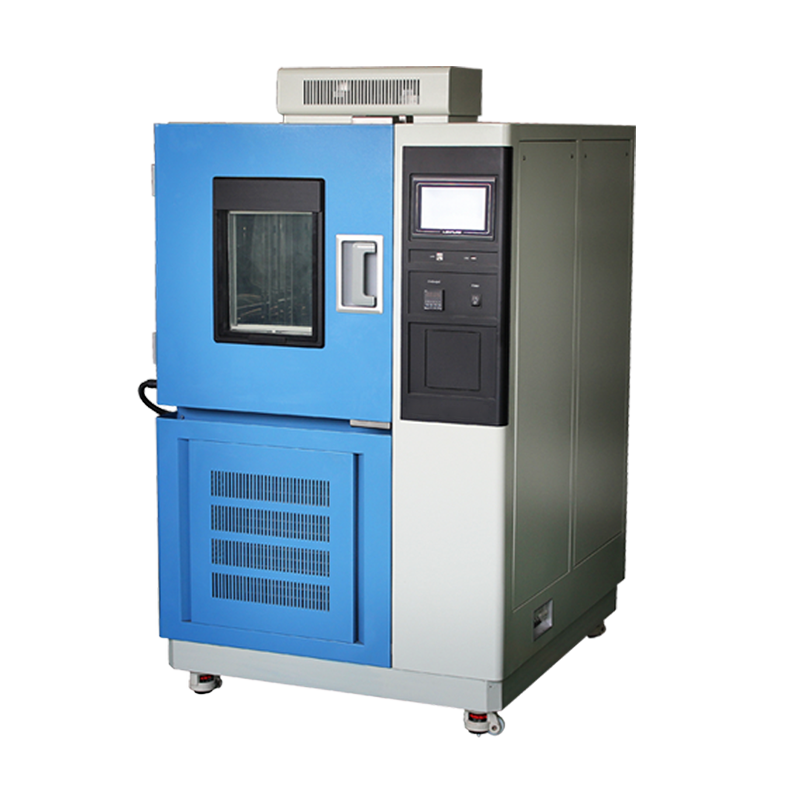The high and low temperature cycling test chamber (also known as a temperature and humidity cycling test chamber or thermal cycling test chamber) plays a vital role in the automotive industry. It is primarily used to simulate the operational and durability performance of vehicles under varying environmental temperature conditions. By replicating alternating high and low-temperature environments, it helps automakers verify the durability, reliability, and performance of automotive components, ensuring their performance under extreme conditions. Below are the key roles and application examples of high and low temperature cycling test chambers in the automotive industry:
Key Roles
1. Testing the Temperature Resistance and Adaptability of Automotive Components
High and low temperature cycling test chambers can simulate vehicle operating conditions in different climates, including extreme cold and heat. By subjecting automotive components (such as batteries, electronic systems, coatings, seals, and plastic parts) to alternating high and low-temperature tests, manufacturers can evaluate their durability and adaptability under temperature fluctuations.

2. Simulating Real-World Driving Conditions
During operation, especially when traveling across different regions, vehicles often experience temperature shifts from freezing cold to scorching heat. By simulating these extreme temperature changes, test chambers help manufacturers understand the overall performance of vehicles under varying environmental conditions, including engines, air conditioning systems, and transmission systems.
3. Validating the Stability of Batteries and Electrical Systems
With the rise of new energy vehicles, the stability of batteries and electrical systems is crucial. High and low temperature cycling tests can evaluate battery charging and discharging performance under extreme temperatures, ensuring their safety, lifespan, and reliability.
4. Ensuring the Durability of Coatings and Sealing Materials
Exterior coatings, interior materials, and seals in vehicles may face severe temperature fluctuations during use. Through temperature and humidity cycling tests, manufacturers can assess material aging and durability under extreme conditions, identifying potential quality issues in advance.
5. Accelerated Aging and Lifecycle Testing
By simulating alternating high and low-temperature environments, test chambers accelerate component aging, helping manufacturers predict lifespan and implement necessary improvements. This is critical for enhancing vehicle reliability and safety.

Application Examples
1. Electric Vehicle Battery Testing
In the development of electric vehicles, battery performance under different temperatures is crucial. For example, batteries exhibit lower charging efficiency in cold environments and may overheat in high temperatures. High and low temperature cycling test chambers simulate these extreme conditions, helping manufacturers analyze performance variations and optimize battery design and management systems.
2. Electronic Control Unit (ECU) Testing
In modern vehicles, the Electronic Control Unit (ECU) manages and controls systems such as engines, brakes, and air conditioning. The ECU must operate reliably under varying temperatures. Using high and low temperature cycling test chambers, testers can simulate winter cold or summer heat to verify ECU stability.
3. Testing Automotive Seals and Interior Materials
Seals (e.g., window and door seals) and interior materials (e.g., seats, dashboards) are affected by temperature changes. High and low temperature cycling tests assess deformation, aging, fading, and cracking in these materials, improving vehicle durability and comfort.
4. LED Lighting System Testing
With the widespread use of LED lighting in vehicles, performance stability under different temperatures is critical. High and low temperature cycling test chambers evaluate LED brightness variations, lifespan, and electrical stability under thermal stress.
5. Testing In-Vehicle Infotainment Systems
Infotainment systems (including touchscreens, audio systems, etc.) must function reliably in various temperature conditions. High and low temperature cycling tests validate their performance in extreme cold or heat, ensuring real-world reliability.
High and low temperature cycling test chambers provide an essential testing tool for the automotive industry, enabling manufacturers to evaluate vehicle and component performance under extreme temperature variations. This plays a significant role in improving product quality, reliability, and durability. Amid global climate changes and increasingly stringent market demands, these chambers offer robust technical support for automotive innovation and enhancement.












